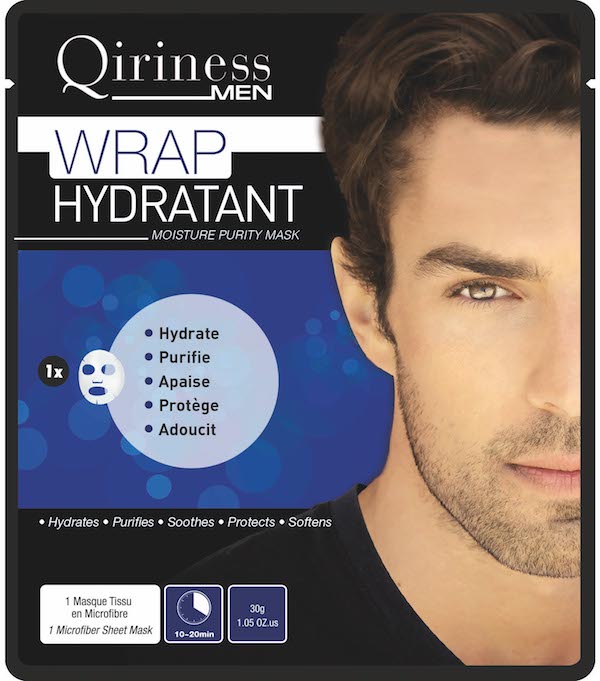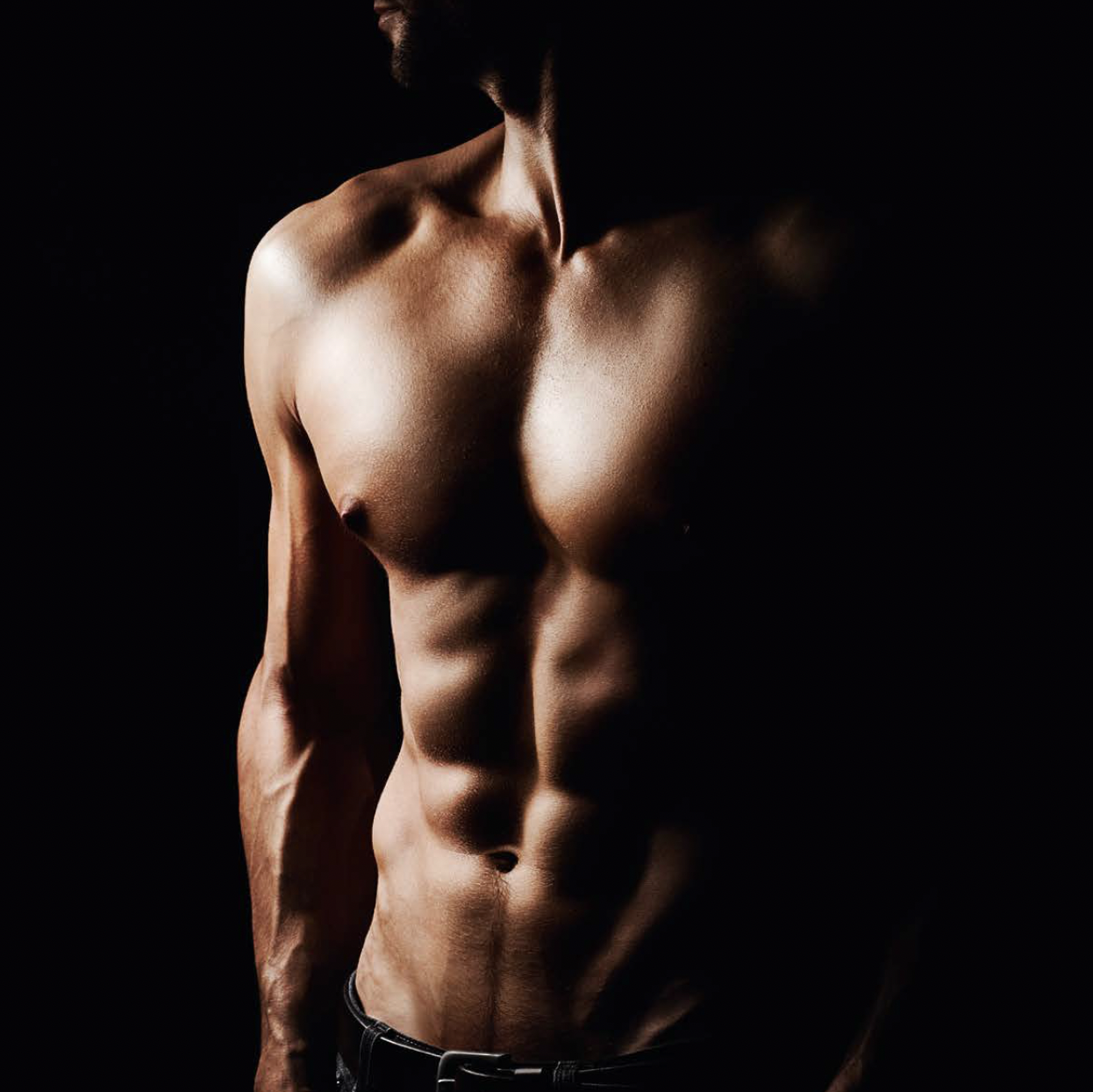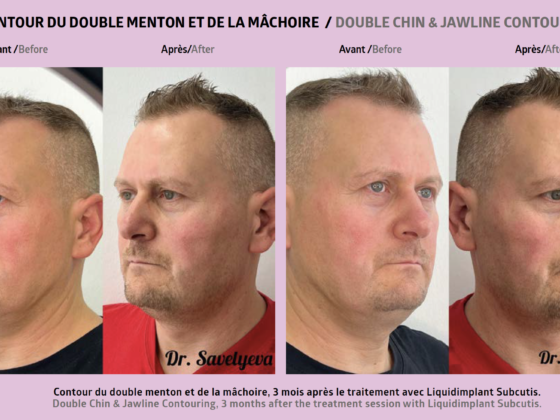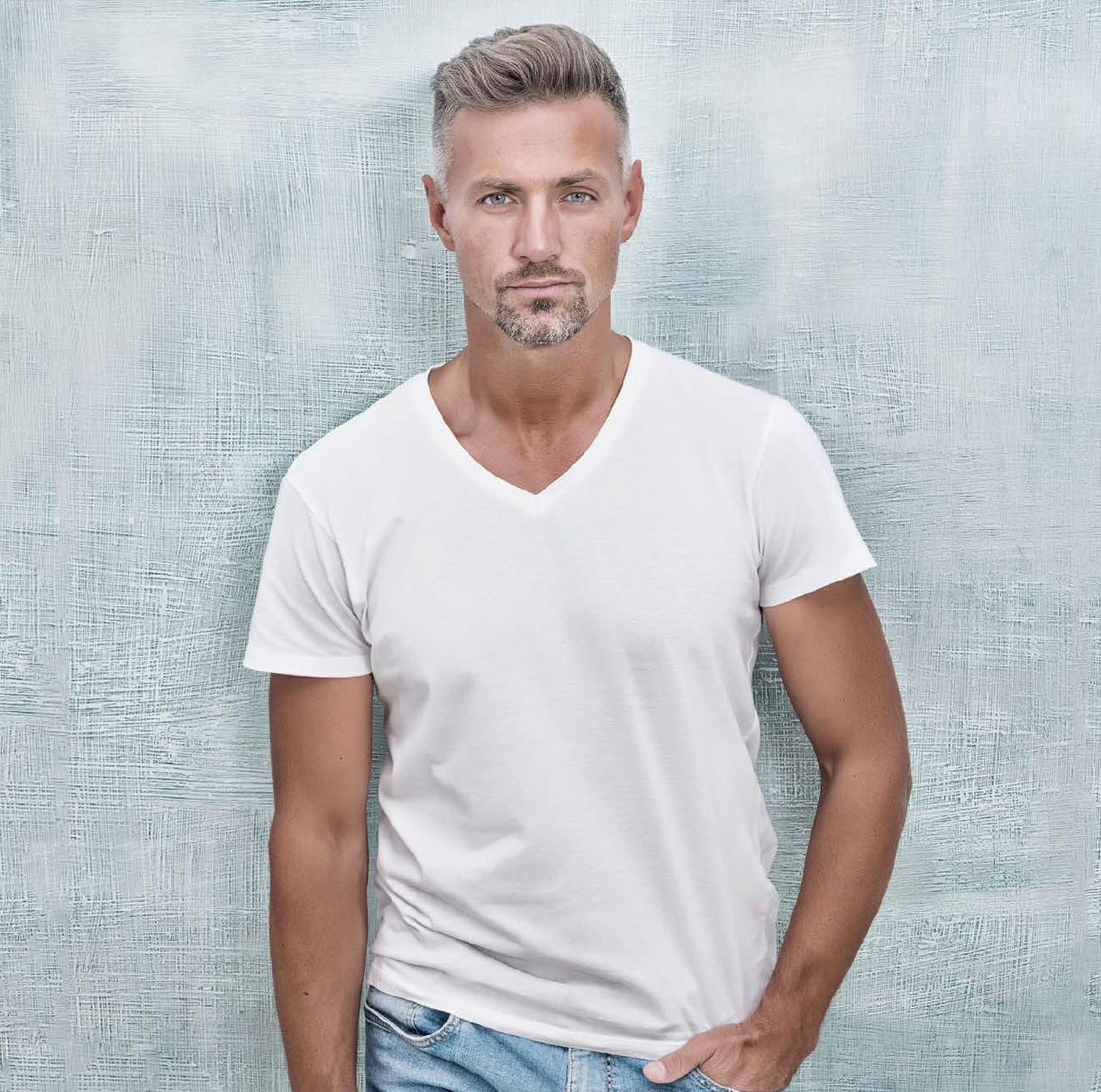By the Doctor Stéphane Auroy
Hugely popular thanks to its lifting, sculpting and “lipolytic” action on the lower face, Ultherapy, which is carried out under local anaesthetic, fulfills all the criteria of speed, comfort, and a gradual and natural result sought by male patients. Let’s take a look at this treatment, whose popularity is growing by the day.
A sculpted lift
The main concern that pushes men to see an aesthetic doctor is thickening in the lower face, with fat underneath the chin that weighs down the neck and makes the skin look heavy and lifeless. The profile becomes ill-defined and loses the lovely clean lines that represent healthy masculinity. For men, a surgical lift is a huge step that they are reluctant to take, coupled with the fear that the procedure will make them look feminine and its irreversible aspect. Ultherapy is a reassuring mechanical procedure that men are happy to have and can identify with during their first appointment. What is great about this treatment is that it slims down and reshapes the face and neck, which highlights the shape of the jaw and consequently makes the patient look younger. However, on very heavy and sagging skin, the tightening effect is less significant so a second session may be required 6 to 12 months after the first.
Ultherapy is both a cure and a preventative measure, as it allows us to slow down the aging process while restoring the damaged areas. It is therefore advisable to act before things get too bad. I can clearly see that the patients I have treated since 2011 have aged very little in the areas treated and have become more attractive.
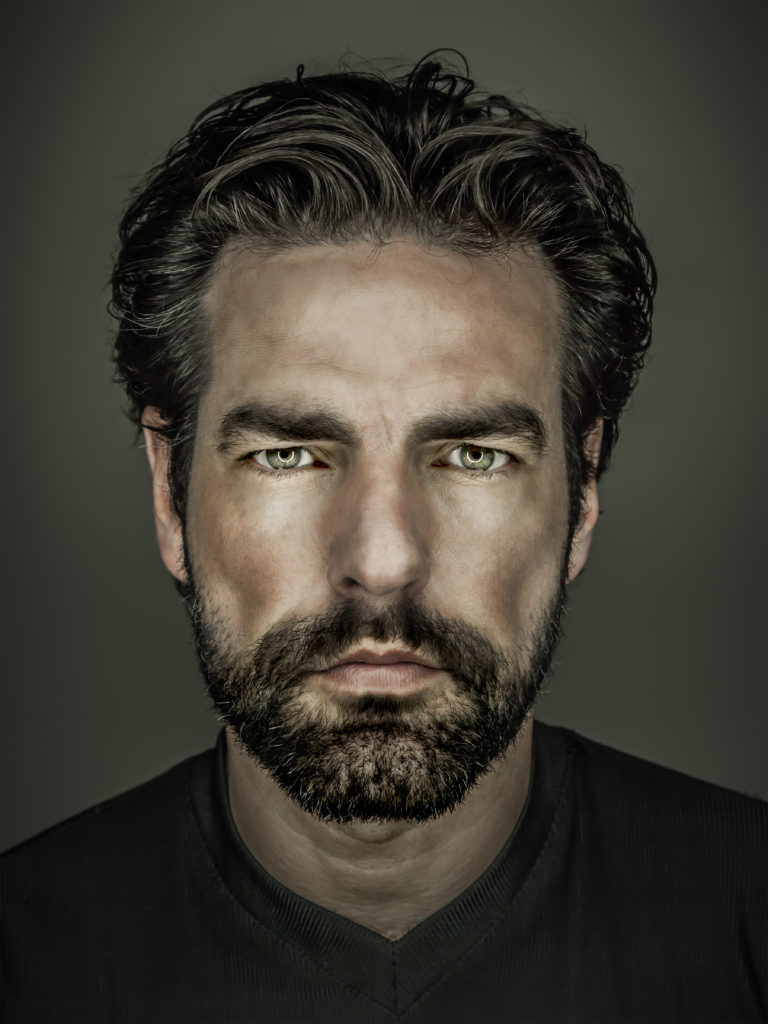
The secrets of an optimised procedure
This highly precise device enables us to achieve maximum results on the condition that we watch the screen constantly to locate the SMAS and the deep parts of the dermis. With this treatment, we are dealing with the dermatological anatomy; the DEEPSEE® technology allows us to adjust the emission of the micro-focalised ultrasounds to within a half-millimetre. Let me be clear: this procedure is operator-dependent, and the results will depend on the dexterity of the doctor, the execution of the movements and their eye for aesthetics.
When we want to firm up the skin, we need to work on the deep layers and when we want to densify it, we work on the super facial layers, though there is little point in working on the super facial layers (1.5mm) in men or women. I therefore concentrate most of the rays between 4.5mm and 3mm. Another great advance both for me and for my patients is that I anaesthetise the neck and oval so that they don’t move and don’t hurt. This also enables me to focus fully on the screen and concentrate on the vital areas that need treating. The session, including the anaesthetic, lasts an hour, without downtime or any real side-effects, though some patients feel a bit tender in the treatment area for a few weeks afterwards.
Long-lasting results and loyal patients
It is surprising to notice that some patients notice more improvement a year after treatment than 3 months after treatment. This leads to a list of men and women who want the treatment repeated every 18 to 24 months. But you can wait 3 to 5 years before having it done again. When I look at the photos from their first visit seven years ago, I notice that my patients now have a more de ned jaw, a more defined chin and a slimmer neck. It is suitable for men whose professional life requires them to look fresh and full of energy.
Dr Stéphane Auroy 
Specialist in dermatology and venereology. Master of Advanced Studies in skin biology and pharmacology. Former consultant for the Paris Hospitals, specialising in aesthetic dermatology for the last 20 years. Tutor at the Paris V faculty, teaching the university diploma in “Evaluation and control of injection and volume-enhancing techniques”. Speaker at aesthetics conferences. Runs training courses in injection techniques and investigates clinical study protocols.

